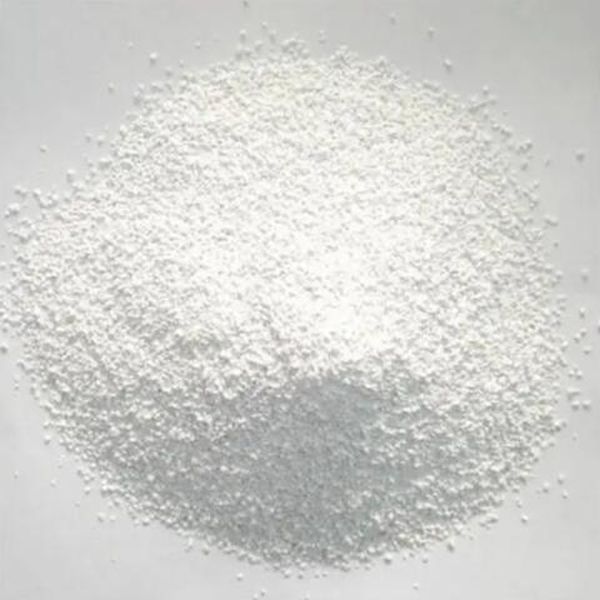Ammonium dihydrogen phosphate is white powder or granular, stable at normal temperature, non-redox, and will not burn and explode when exposed to high temperature, acid and alkali, redox materials, and has good solubility in water and acid. The powdery product has a certain hygroscopicity and good thermal stability. At the same time, it will dehydrate into viscous ammonium pyrophosphate, ammonium polyphosphate, ammonium metaphosphate and other chain compounds.
This product can effectively supplement the phosphorus and non-protein nitrogen required for ruminant growth. It can not only slowly release self-regulation in the rumen, but also the state of the rumen microbial flora, and it can also protect high-efficiency proteins and be directly used by the body. The ruminant’s digestive tract has a large rumen. There are a large variety of bacteria in the rumen. These bacteria first break down various NPN substances or animal and plant proteins into ammonia through fermentation, and then capture ammonia to synthesize bacterial proteins. These After the bacteria are discharged into the digestive tract, the bacterial protein is digested and absorbed, and finally used by the host animal. Studies also show that in addition to ammonia or other nitrogen sources, bacteria need to have sufficient energy for protein synthesis, and that the rate of decomposition and release of these energy substances is synchronized with the release rate of ammonia and provides Some of the “carbon chains” required to synthesize proteins, and to ensure the environment for bacterial growth and the supply of various trace elements, this is an effective use of non-protein nitrogen (NPN) by ruminants.
Generally, the feed ingredients of the diet supplemented with urea should be high energy and low degradation protein. High energy can ensure the energy requirements of synthetic bacteria, and plant and animal feeds with low degradation protein have a small amount of ammonia decomposed into them in the rumen, and bacteria can make full use of added NPN such as urea.
Post time: Mar-02-2020
